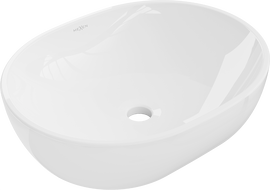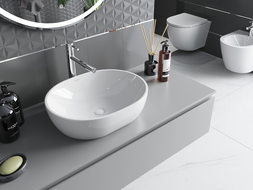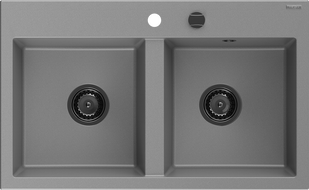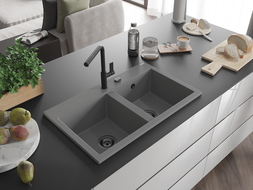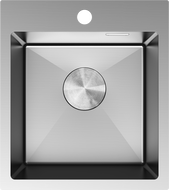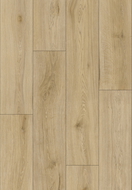
Both silicone and mineral grouts tend to stop enhancing and start detracting from the surfaces they finish after a while. They first begin to get dirty, then crack and gradually crumble. A wall or floor tiled with damaged grout visible in between looks rather unattractive. Fortunately, this is a problem that can be managed in a relatively simple way. Check out our ideas for replacing old grout with new.
What is the issue with grout?
There comes a time when looking at a tiled wall or floor makes you realise it doesn't look as good as it once did. If you're not simply tired of the tile's colour or pattern, then the grout might be the issue. Even if you take care of it, it can start to crumble over time, leaving unattractive gaps. You can attempt to refill them, but sooner or later, you will need to replace the grout in the kitchen or bathroom.
It's reassuring that if you have some time, you can do it yourself, removing grout doesn't require calling a professional. Just remove the old grout and replace it with new. If you're tired of ineffective grout cleaning, change the dirty grouts for new ones. The replacement won't take much time and doesn't require any specialised tools or chemical agents.
How to start removing grout?
Removing silicone joints is not as difficult as some might expect. It requires a bit of patience and precision, but it's doable. It's best to equip yourself with a grout removal knife and gradually "chip away" at the silicone between the tiles. Chemical agents that soften old grout can be used as an auxiliary method since no product can dissolve silicone grout. Available products are entirely safe for tiles and won't discolour them.
As for removing mineral grout, you can use mechanical tools to ease the task or do it manually with a scraper. This can be a tedious task, but if you have a small area to clean, you can definitely handle it this way.
Check if you really need to replace the grout
Before you start removing joints, check if it's really necessary. Sometimes, it turns out a dirt-darkened silicone grout can be effectively cleaned. Try scrubbing old grout with a sponge and washing-up liquid; it might reveal that cleaned grout still looks quite good. Check, especially if you own light-coloured grout.
If the grout is stained with mould, it's worth treating it with an appropriate mildew remover. Most of these have whitening properties and after cleaning, it might turn out that the joints aren't damaged and you don't actually need new grout. Interesting options also include special grout recolouring pens and joint paints applied with a small brush.

Removing grout, step by step
If the main issue is crumbled mortar, there's no other option but to remove the damaged grout and replace it with completely new mortar. When opting for manual grout removal, it's worth equipping yourself with a special scraper, which will definitely make the work easier. Protective gloves are also essential. When cleaning wall tiles, start from the highest old grout line; otherwise, falling dust will settle in already cleaned joints.
When getting rid of old floor grout, start from the furthest point in the room and gradually move towards the edge. Remember not to scrape too deeply; you only need to replace the grout, so a gap about one centimetre deep should suffice.
Time for new grout!
After removing the old joints, thoroughly clean the entire surface, wash it with a sponge soaked in warm water, and then dry the tiles and the gaps between them. The next step is applying new grout, paying particular attention to tiles on the room's edges, joints with countertops, and corners of coverings. A rubber float will be handy for this task, for applying the mortar and then removing the excess from joints and tiles.
Next, wipe each grout line with a damp sponge to smooth and level it. Once it’s dry, you can thoroughly clean the entire floor or wall and enjoy your new grout. As you can see, replacing grout doesn’t actually require special skills or complicated equipment. You don't need to call a specialist to renew the grout; just dedicate some time and manage it on your own.



